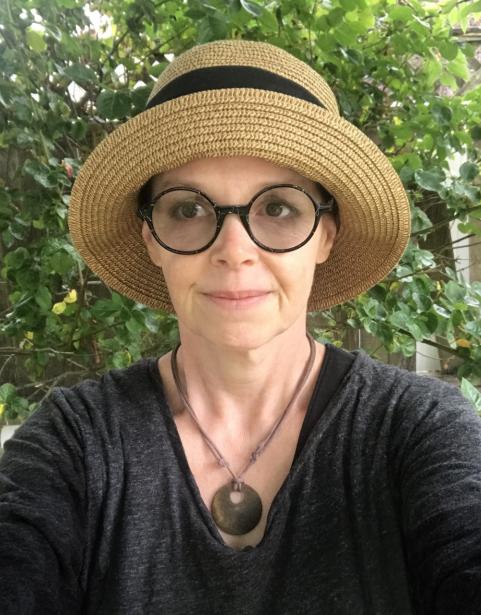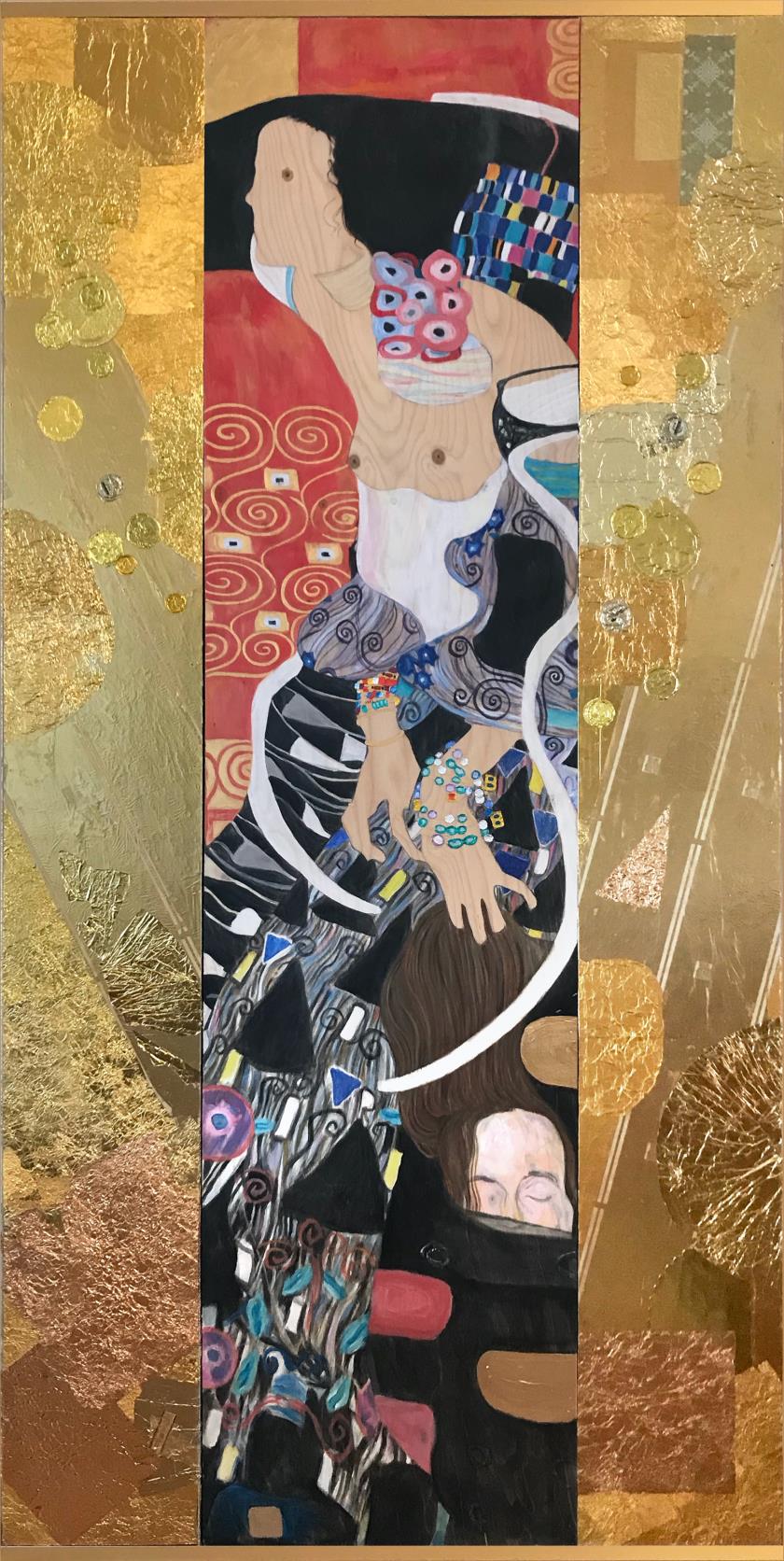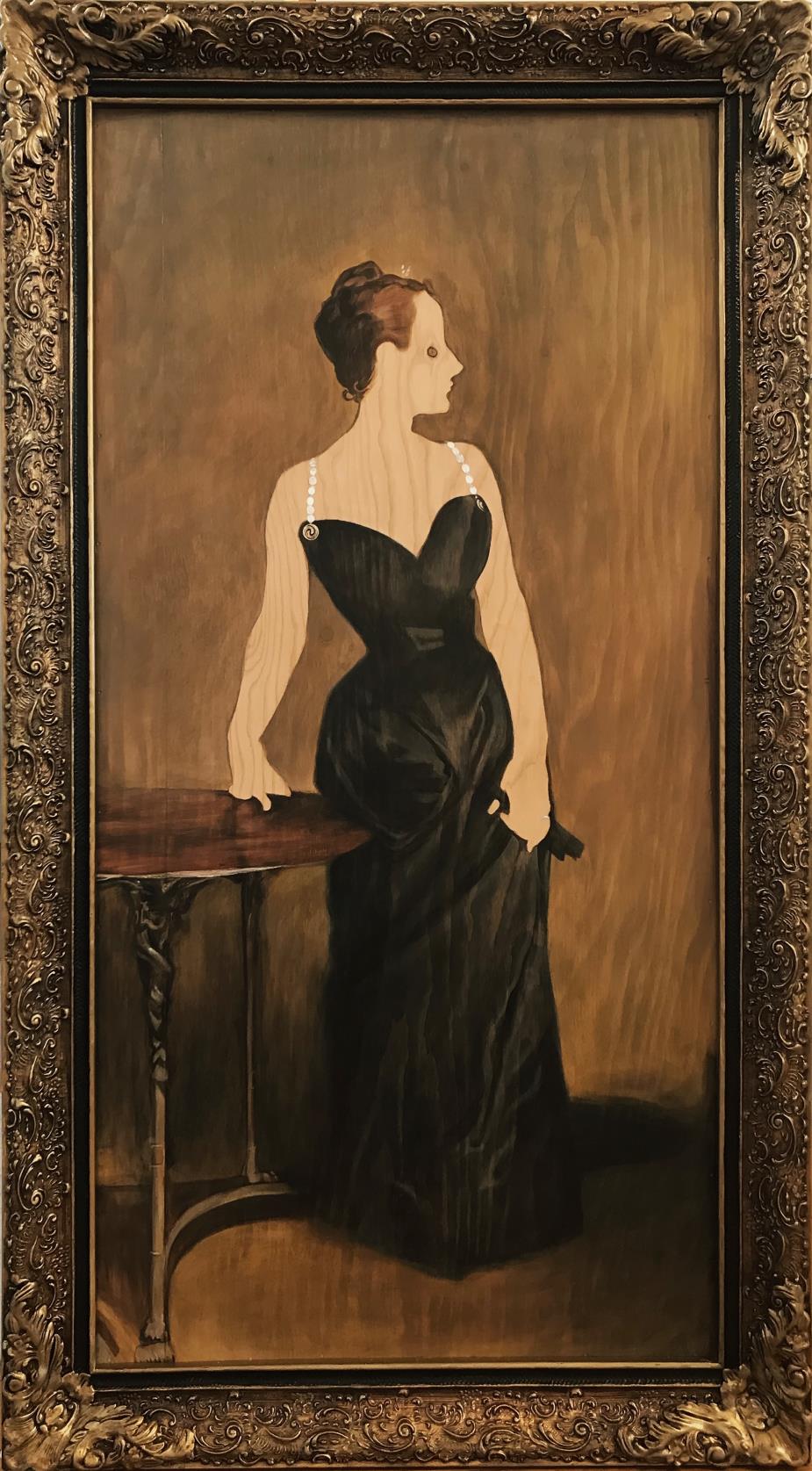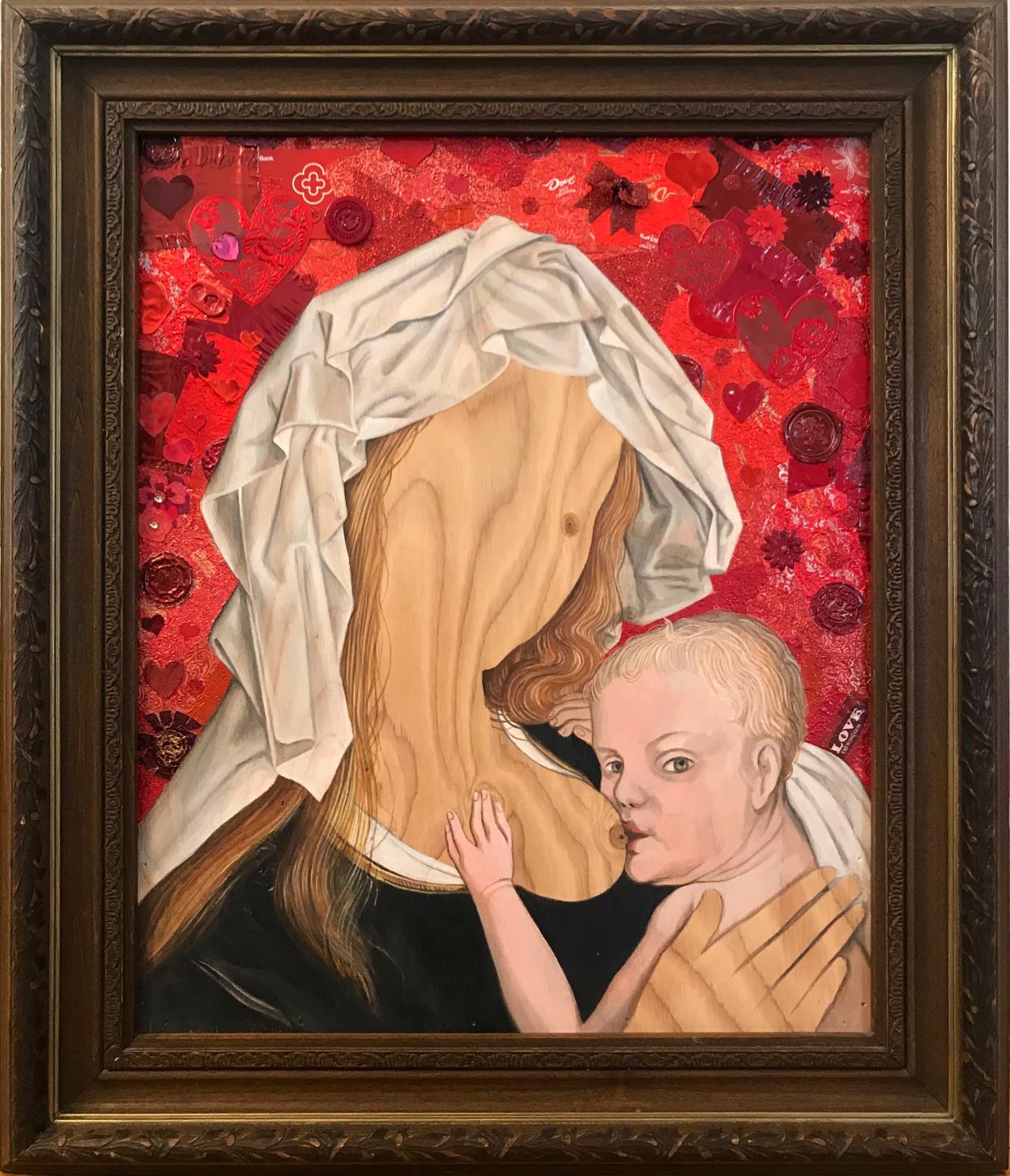The Missing Women series shows how women are presented but not represented in society and history. Using public galleries as a reference, the woman’s body is omitted from renderings of famous painting to highlight the lack of documented female genius in recorded history, proportional female representation in politics and indeed lack of societal appreciation in terms of wage equality. Our verbal and visual language most often explains the world from a mostly undisputed heterosexual/white/male point of view. This creates huge problems in communication for anyone else. For women, the most obvious difficulty is portraying our body image without it seemingly on display for male appreciation. We do not own the image of our bodies. Our bodies are seen everywhere but our accomplishments are unrecorded or appropriated. The Missing Women are an assertive but non-aggressive attempt at pointing out the communication difficulties women face on a day to day basis.
Materials are pertinent. I use plaster in the paint, a medium which conceals. I use candy wrappers and other packaging products to represent how women are beautified and presented as commodities for consumption, and how women are often paid with gifts but not an equal wage. Wood is natural. Nature is a description which stereotypes women and the Muses stand in irony. Wood is “flawed” in its beauty. It has blemishes and irregularities. I delight in the difference in personality in the knots. The wood challenges photoshopped media images of women’s bodies depicting a standard of beauty that doesn’t exist in reality, which women and men are bombarded with on a daily basis, only serving to create a dissatisfaction and discomfort with ourselves and each other. The Muses stare back at us. They are unflinching and self-aware. If there is perceived sexuality then we remind ourselves that it is our mind's projection.








